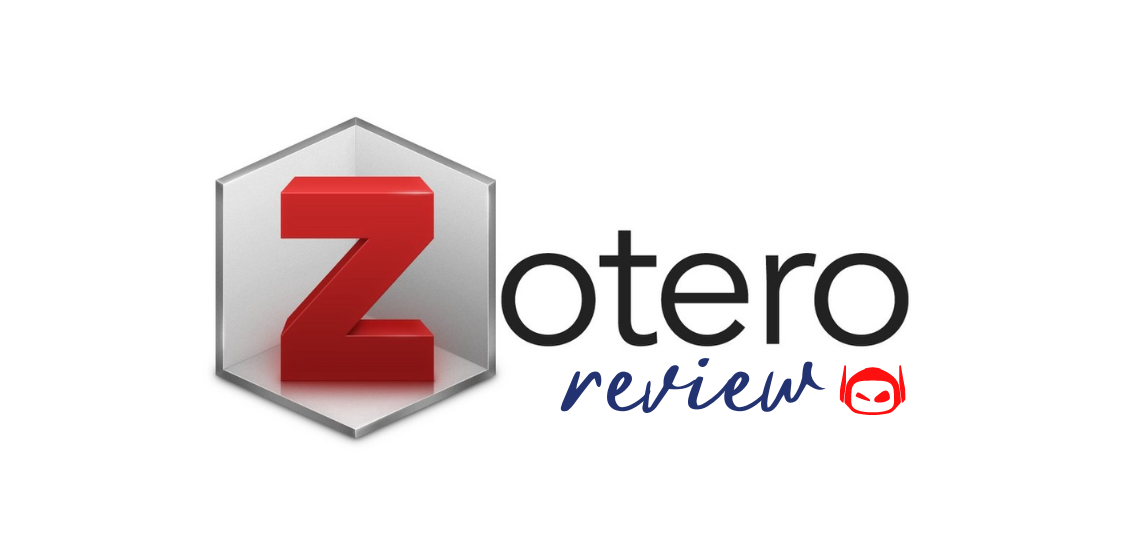
General Guide About Content and Writing
Do you want to know if it’s worth your time...
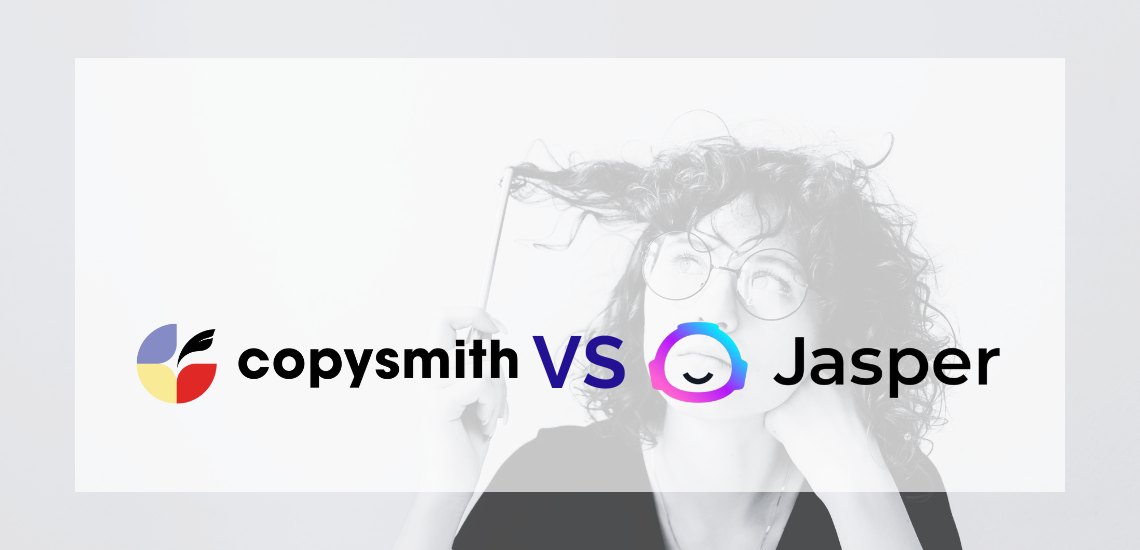
General Guide About Content and Writing
Want to compare Copysmith vs Jasper, but are unsure of...
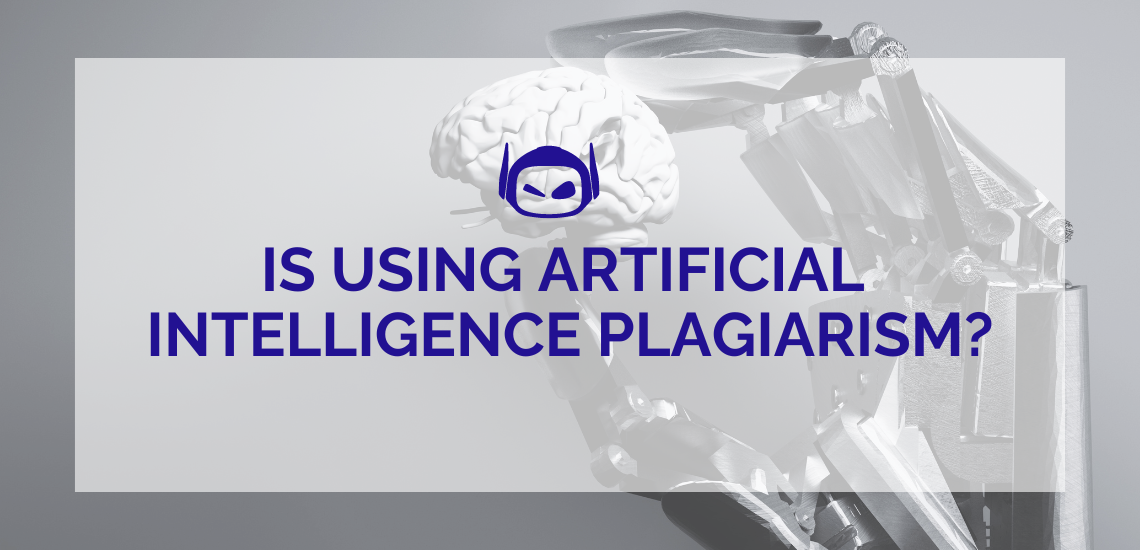
General Guide About Content and Writing
Artificial intelligence has revolutionized content creation. So many generative AI...
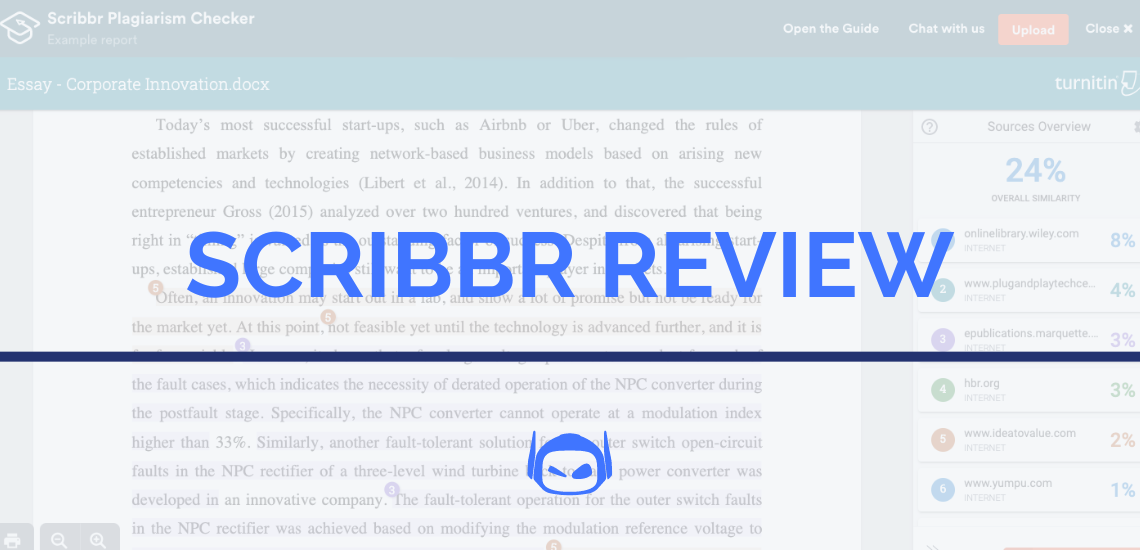
Are you looking for a Scribbr review that you can...

General Guide About Content and Writing
Do you want to know how does something get flagged...
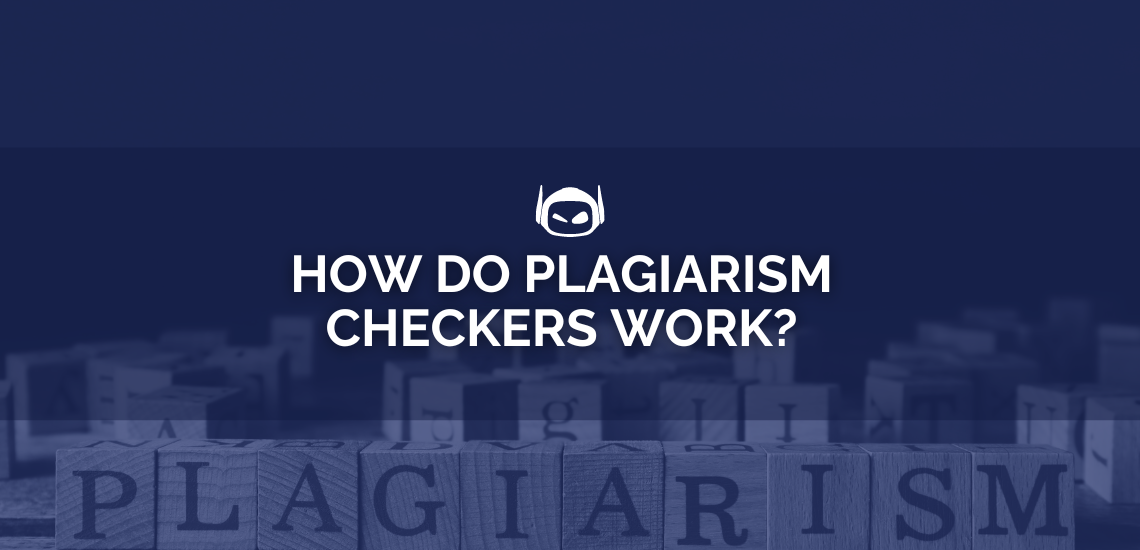
General Guide About Content and Writing
How sure are you that your writing is plagiarism-free? As...

Step-by-Step Instructions for Writing
Do you want to learn how to write a five-page...
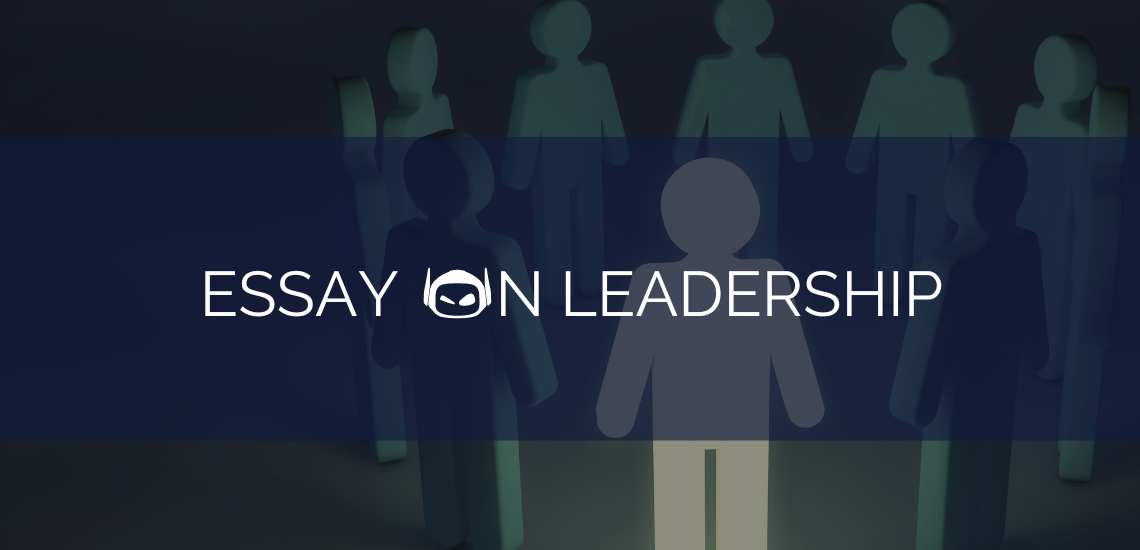
Do you have an assignment about an essay on leadership?...
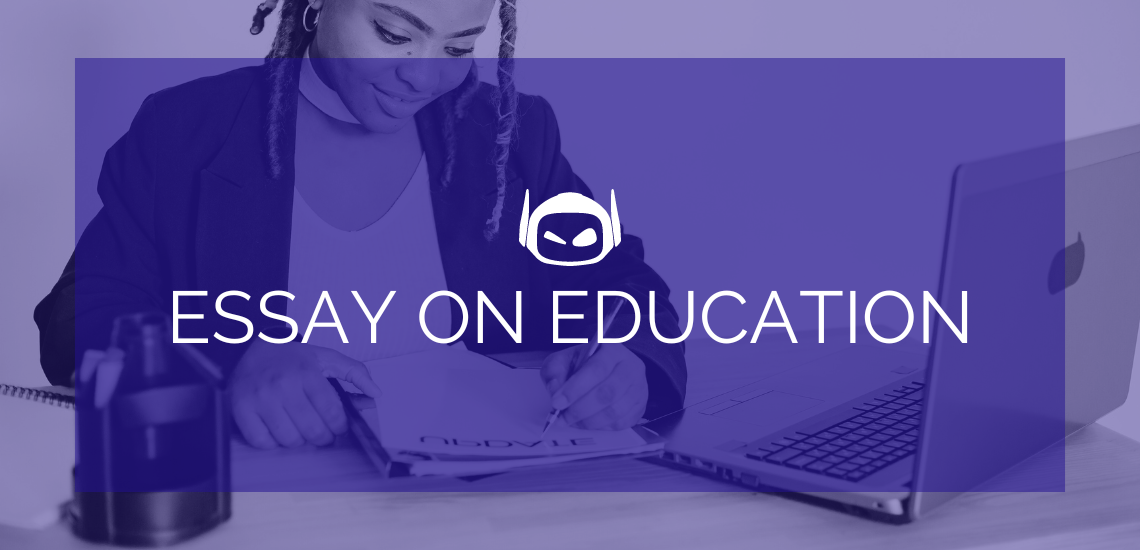
Education is a vital tool that shapes us. It prepares...
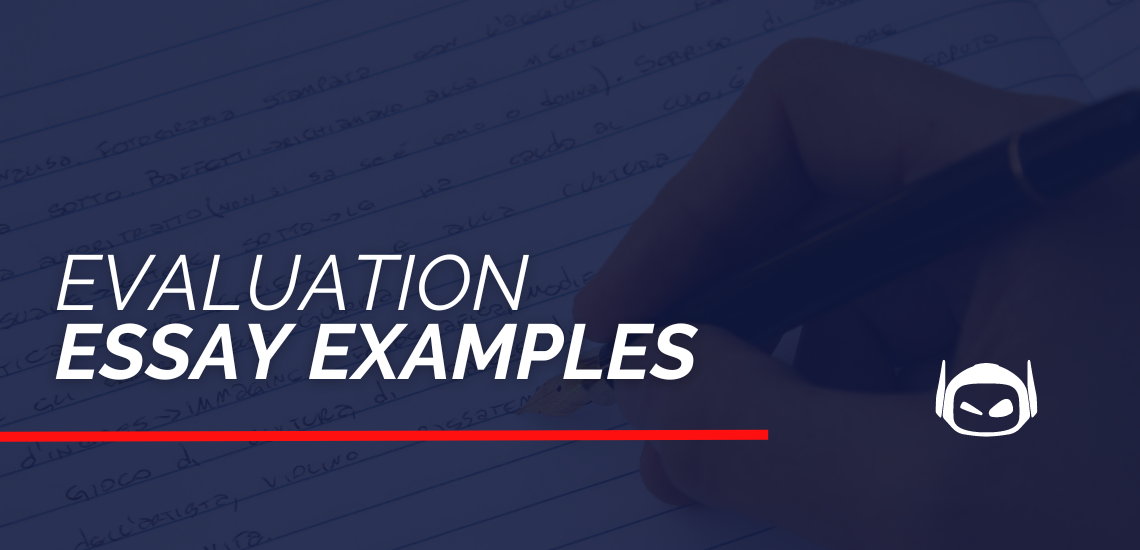
General Guide About Content and Writing
Do you have an evaluation essay assignment, but have no...